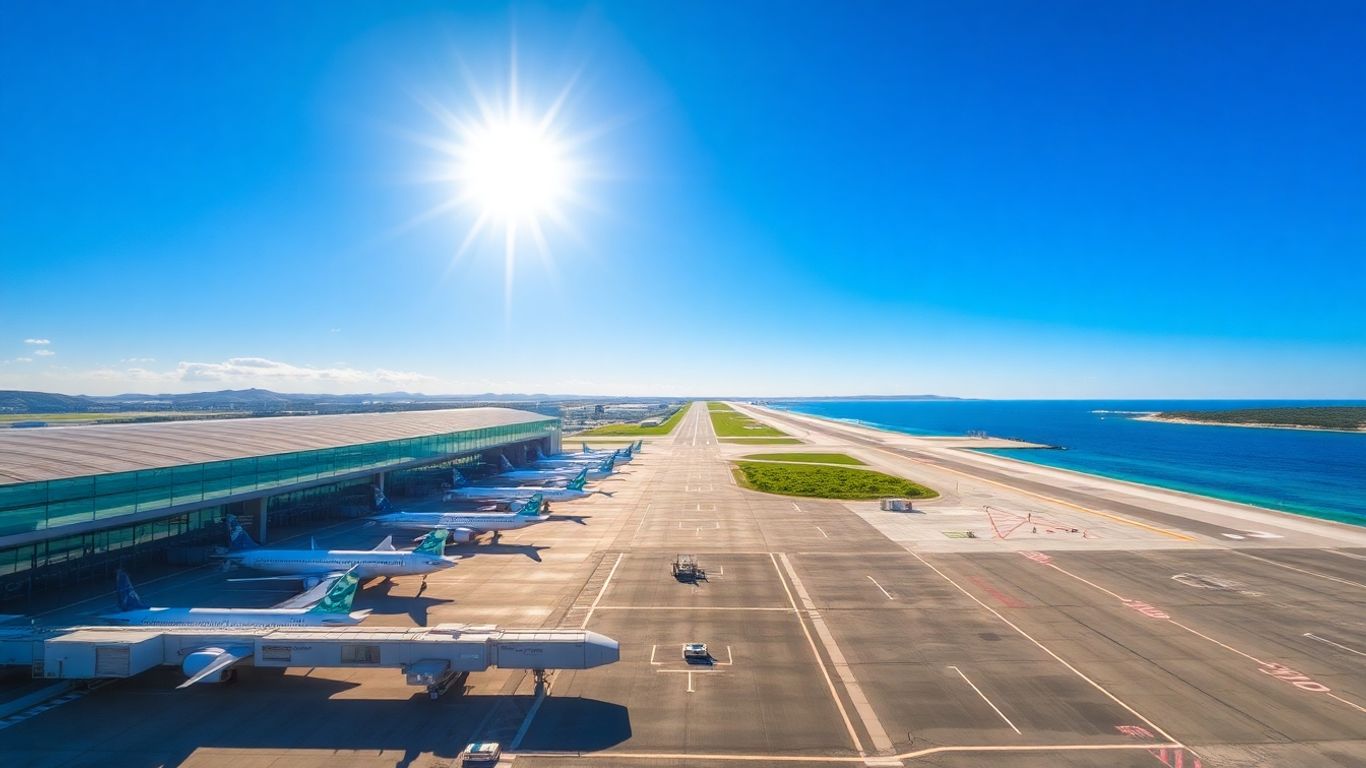Croatia’s airports have experienced a significant surge in passenger traffic, surpassing the 10 million mark in the first eight months of 2025. This impressive growth, a 6.6% increase year-on-year, underscores the nation’s robust tourism sector and its growing appeal as a European travel destination. The rise in air travel is particularly evident during the peak summer months, with August seeing over 2.3 million passengers.
Key Takeaways
- Over 10 million passengers passed through Croatian airports between January and August 2025.
- This represents a 6.6% increase compared to the same period in 2024.
- Aircraft operations also saw a rise, with over 103,300 flights recorded.
- Split and Zagreb airports reported substantial passenger growth.
- While passenger numbers are up, cargo traffic has seen a decline.
Strong Performance Across Major Airports
Split Airport led in August with 757,500 passengers, a 4.7% increase, and processed 2.8 million passengers in the first eight months. Zagreb Airport recorded the largest growth, handling 3.1 million passengers year-to-date, an 11.6% rise in August alone. Dubrovnik Airport also showed steady performance, with 2.2 million passengers in the first eight months.
Regional Airports and Mixed Results
Regional airports like Zadar and Pula also reported positive trends, with Zadar seeing a 2.8% increase and Pula a 5.4% rise in passenger numbers for the year to date. However, Osijek Airport experienced a decline, as did some island-based airports like Brač.
Tourism Drives Aviation Success
The surge in passenger traffic is a direct reflection of Croatia’s thriving tourism industry, bolstered by its stunning coastline, historical cities, and natural beauty. The expansion of flight routes by major European and U.S. airlines, including new services to Split starting in 2026, further enhances connectivity and accessibility.
European Context and Future Outlook
Croatia is positioned among the top European countries for flight growth, with a 19% increase compared to pre-pandemic levels. While cargo traffic has decreased, the strong performance in passenger numbers, coupled with ongoing investments in infrastructure and tourism promotion, signals a bright future for Croatia’s aviation and tourism sectors. The country is actively working to promote itself as a year-round destination, aiming to extend the tourism season beyond the summer peak.
Sources
- Passenger Traffic in Croatia’s Airports Now Soars to Ten Million in 2025, Boosting Tourism, Travel And Tour World.
- Croatia among top in Europe in flight growth, Croatia Week.
- United Joins Delta, American, Alaska with Summer Flight to Croatia, Italy, Scotland Portugal, Malta, Hungary,
Spain, Here are These Unbelievable New Routes to Europe That Will Change Travel for Americans Forever, Travel And Tour World.






